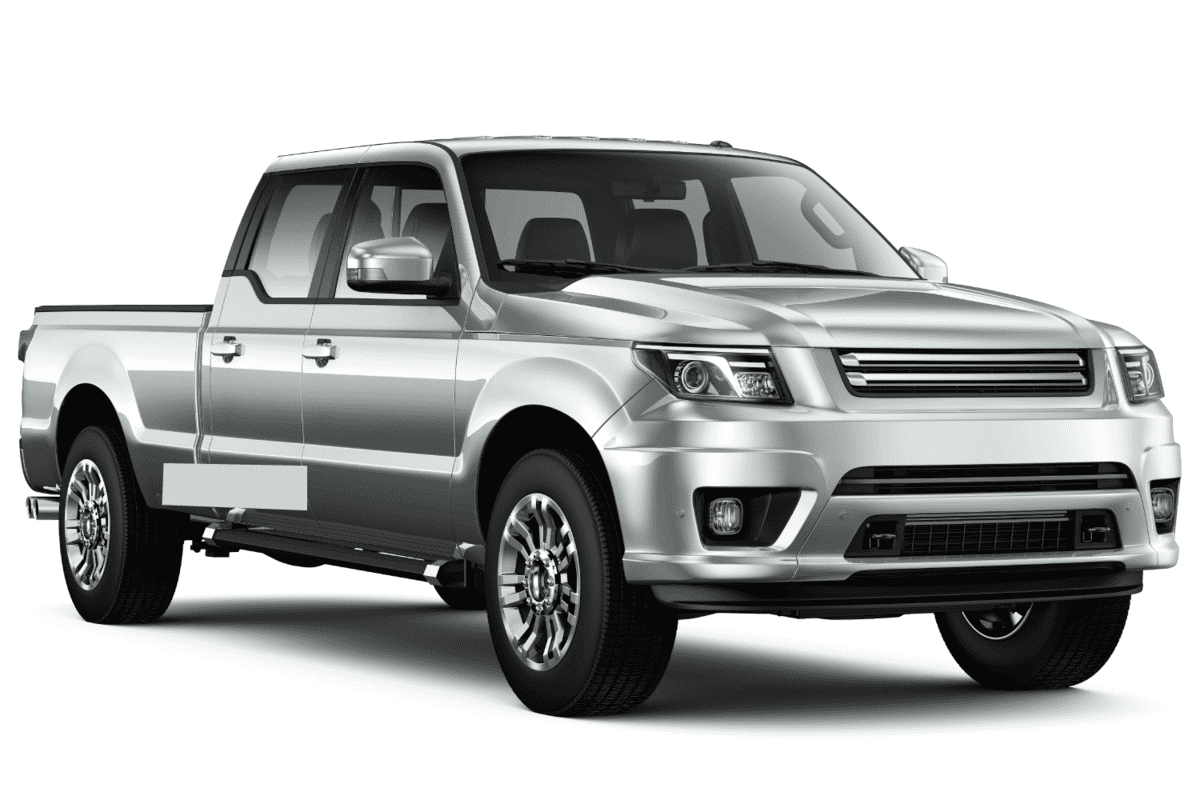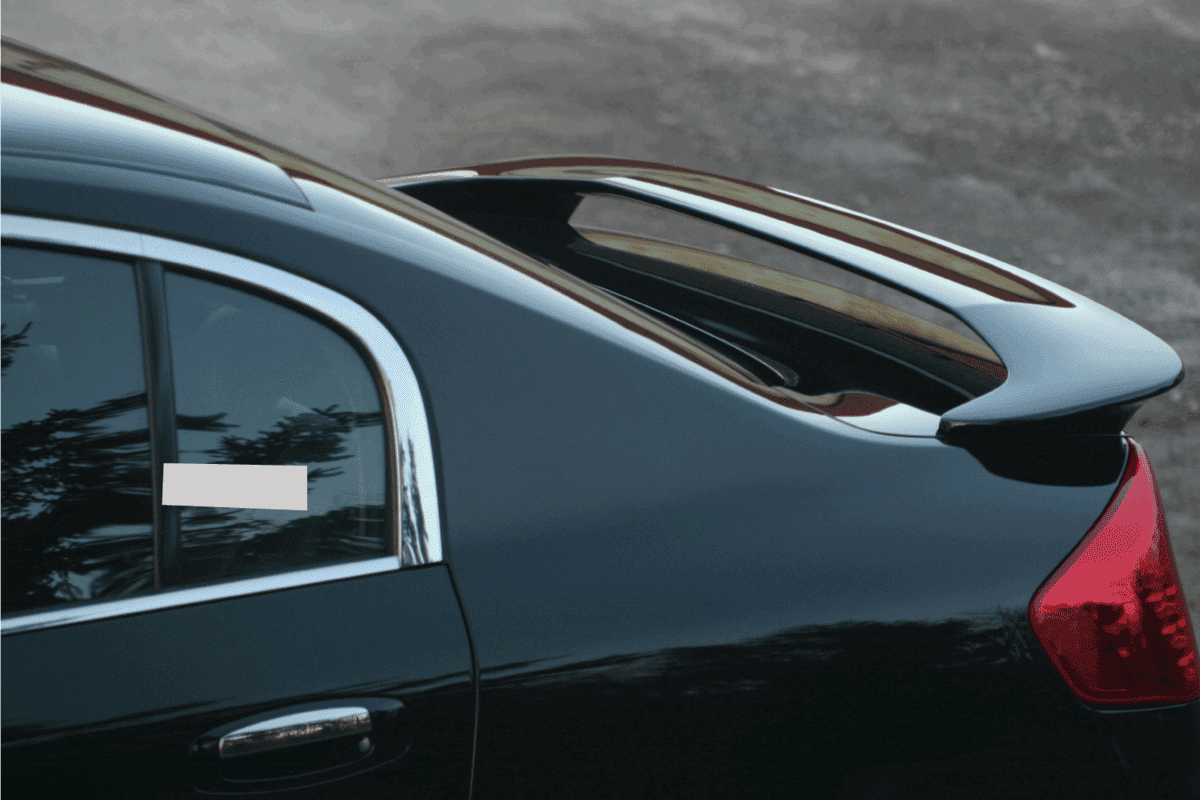You may have noticed the air dams attached to the front bumper of your vehicle. However, do they increase gas mileage? We have done the research to help explain the benefits of air dams in this article.
Air dams help airflow over the vehicle, so the engine doesn't work as hard. As a result, it will help increase milage. However, it only makes a noticeable difference when driving on the interstate or highways at high speeds.
You know how vital every extra mile per gallon is if you own a vehicle. However, does having an air dam on your vehicle make a significant difference in your fuel mileage? This article will take a closer look at how vehicle air dams work and how they increase your fuel mileage. In addition, we will discuss if removing an air dam will void your vehicle's warranty, so read on!

Do Air Dams Increase Mileage?
Firstly, air dams help with airflow over a vehicle at high speeds. This can help increase fuel mileage for your vehicle by reducing the amount of drag from the air.
Furthermore, air dams may have been designed to work with other aerodynamic parts on the front of a vehicle, such as a grille or hood scoop.
There are always debates about whether or not a particular part is worth the money when it comes to car parts. However, in the case of air dams, it is clear that they offer some benefits in terms of fuel mileage.
However, if you are only going to be driving your car locally and not on highways or interstates, then an air dam may not be worth the investment.
Types of Air Dams
One thing that you must consider is that there are two different types of air dams. The first type of air dam rests on the front bumper and is slightly above the car's grille opening. This type of air dam will typically be found on trucks and older model cars.
The second type of air dam extends over the entire grille opening and sometimes down to the bottom of the car's front fascia. This type is more common on newer model cars and sports cars.
This improvement is most noticeable when driving on the interstate or highways at high speeds. A vehicle air dam is a front bumper extension that improves aerodynamics and helps to reduce overall drag.
If you own a newer vehicle, it likely has an air dam installed from the factory. However, if your vehicle does not have an air dam, you can purchase an aftermarket air dam to install on your vehicle.
Most air dams are made of plastic or fiberglass and attach to the vehicle's front bumper. They come in various shapes and sizes, so you can find one that best suits your needs.

What is the Purpose of a Front Air Dam on a Truck?
Many people may not realize that a front air dam can impact fuel mileage, especially if you drive at high speeds on the highway.
A front air dam, or spoiler, is a device attached to the front of a vehicle to improve its aerodynamic properties. The air dam deflects the air from the vehicle to help performance.
Air dams are designed to reduce drag and increase efficiency. By reducing the amount of drag on a vehicle, you can improve its performance and gas mileage.
Keep in mind that if you aren't driving over 70 miles per hour, then an air dam won't benefit your gas mileage. This is because the added wind resistance at slow or stop-and-go traffic cancels out the benefit of the air dam.
How can I Improve the Aerodynamics of my Truck?
Trucks are not aerodynamic by nature, so if you want to improve your truck's gas mileage, it will take some work. Fortunately, there are ways to improve the aerodynamics of a truck without getting rid of its utility features.
There are products that you can install into your truck's grille, such as an air scoop or wind deflector. These types of devices help push more air forward so that less drag is produced by your truck.
If you don't mind the look and are willing to make the change, you can also lower your truck. By lowering your truck, you will make it more aerodynamic, which will help the fuel mileage. However, lowering it will take away your truck's clearance if you like to go off-road.
Lastly, if you have a roof rack on your truck that you don't need all the time, then remove it. Removing the roof rack will help increase fuel mileage and make it more aerodynamic.
Does a Car Need an Air Dam?
A car does not need an air dam to be aerodynamic, but it will perform better with one. Most cars come from the factory with an air dam installed, but there are some that do not.
If your car doesn't have an air dam, you can install an aftermarket one reasonably easily. There are a variety of air dams to choose from, so you can find one that best suits your needs.
Does Removing the Air Dam Void the Warranty?
Removing the air dam will not void the warranty on your car as long as you don't damage any of the bodywork. However, if you damage the air dam while removing it, you may be liable for the damages.
Some owners manual will say to remove the air dam when off-roading. However, it is a good idea to check with your dealer before removing the air dam to be sure.

Does a Rear Spoiler Help Fuel Mileage?
A rear spoiler can help to improve the gas mileage on a vehicle by reducing tail-wind resistance.
However, like front bumper air dams, it will not significantly impact unless you are going at least 70 miles per hour. Keep in mind that if you're driving below this speed, then a rear spoiler isn't going to benefit your gas mileage.
If you are a person who travels on highways or interstates often, then it may be worth adding some rear spoiler onto your vehicle. You may get a return on your investment quickly with the fuel mileage savings.

Does a Bug Deflector Help with Fuel Mileage?
Bug deflectors do not typically help with fuel mileage, but they can help protect the front end of your car from bugs and other debris.
Bug deflectors are especially helpful in states that have a lot of bugs, as they can help keep the windshield clean and clear. The bug deflector will also help protect the paint of your vehicle.
In addition, if you drive on the interstate often, then getting a transparent bumper protector is a good idea. They will protect your paint from bugs and other debris, but they aren't noticeable to the naked eye.
How Do You Improve MPG?
There are a number of ways that you can improve the gas mileage of your car. Some of these methods are more effective than others, but all of them will help you save money at the pump.
Installing aftermarket parts is the most effective way to improve your gas mileage. For example, installing a cold air intake, cat-back exhaust, or computer tuner will help increase fuel mileage significantly.
Another way to improve your gas mileage is by improving the aerodynamics of your car. There are a number of things that you can do to improve the aerodynamics of your car, but the most effective is to install lowering kits or rear spoilers.
If you're not interested in installing aftermarket parts, you can do some simple things to improve your gas mileage. One of the best ways is by driving smoothly and avoiding hard acceleration and braking.
Other methods include driving at slower speeds, having proper tire pressure and alignment, and avoiding carrying items you don't need.

Final Thoughts
While an air dam does technically help increase mileage, it is only at high speeds. If you want to increase your mileage, your best bet is to look into aftermarket parts such as cold air intakes, cat-back exhausts, tuners, and/or chips. Contact a performance shop for more questions about how to increase your vehicle's fuel mileage.
If you like this article, then you should also check out:
Rattling Noise In Car When Accelerating—What Could Be Wrong?
